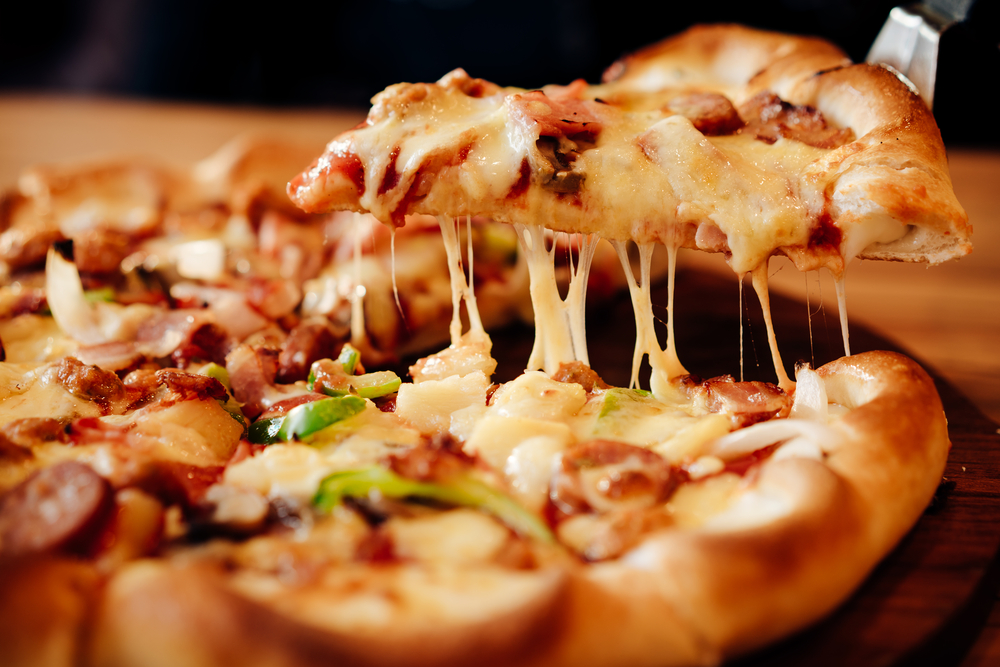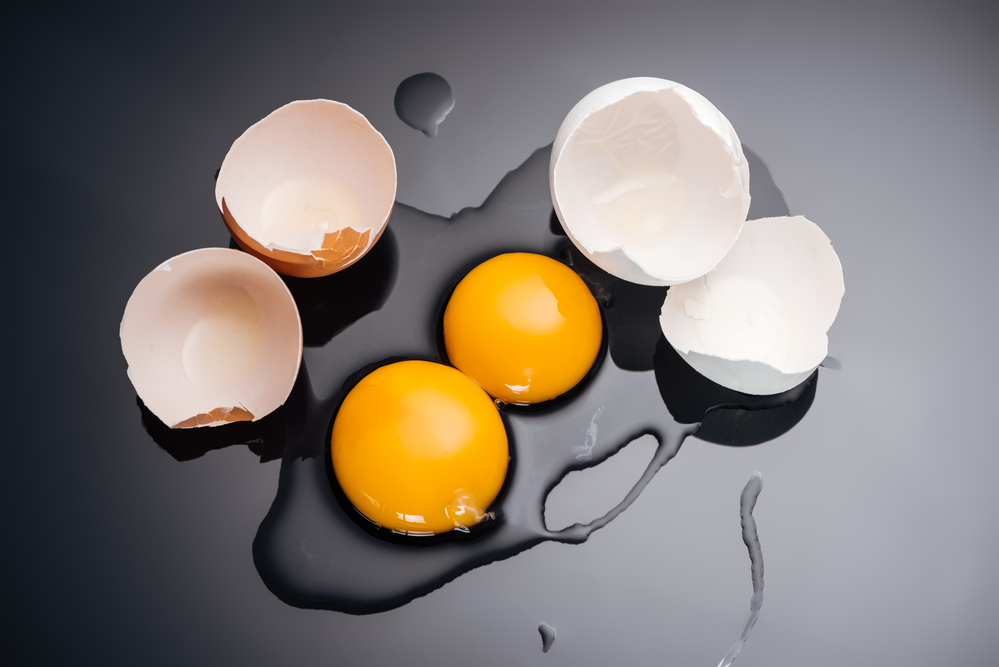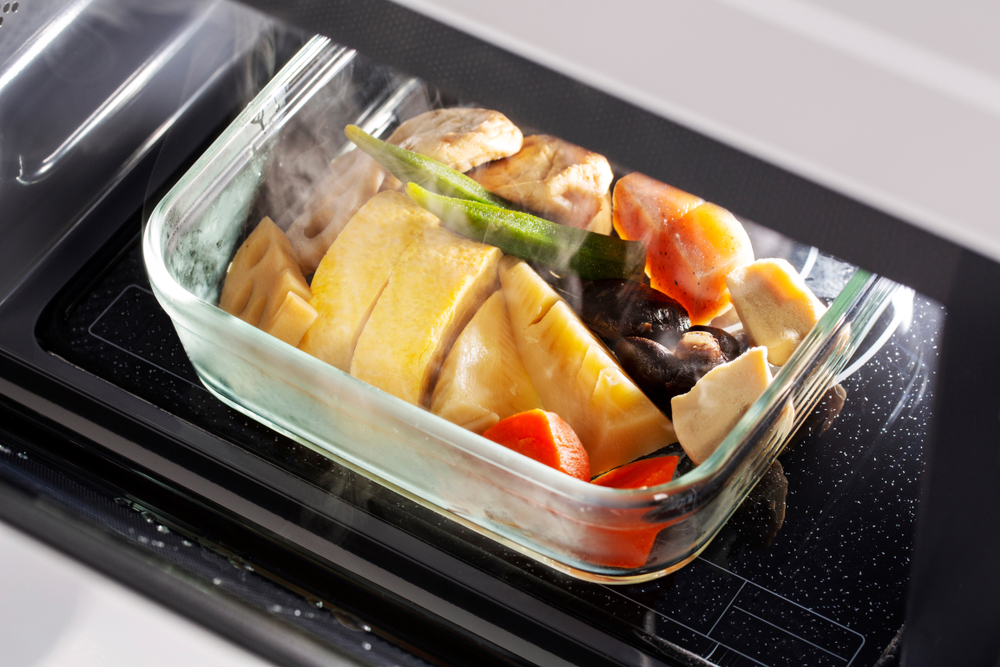Reheating meal prep can be a lifesaver for those who are short on time but still want to enjoy a healthy, homemade meal. However, reheating food can be tricky, and if not done properly, can lead to foodborne illness or a less-than-ideal dining experience.
As someone who meal preps regularly, I’ve learned a few tips and tricks for reheating my meals to perfection.
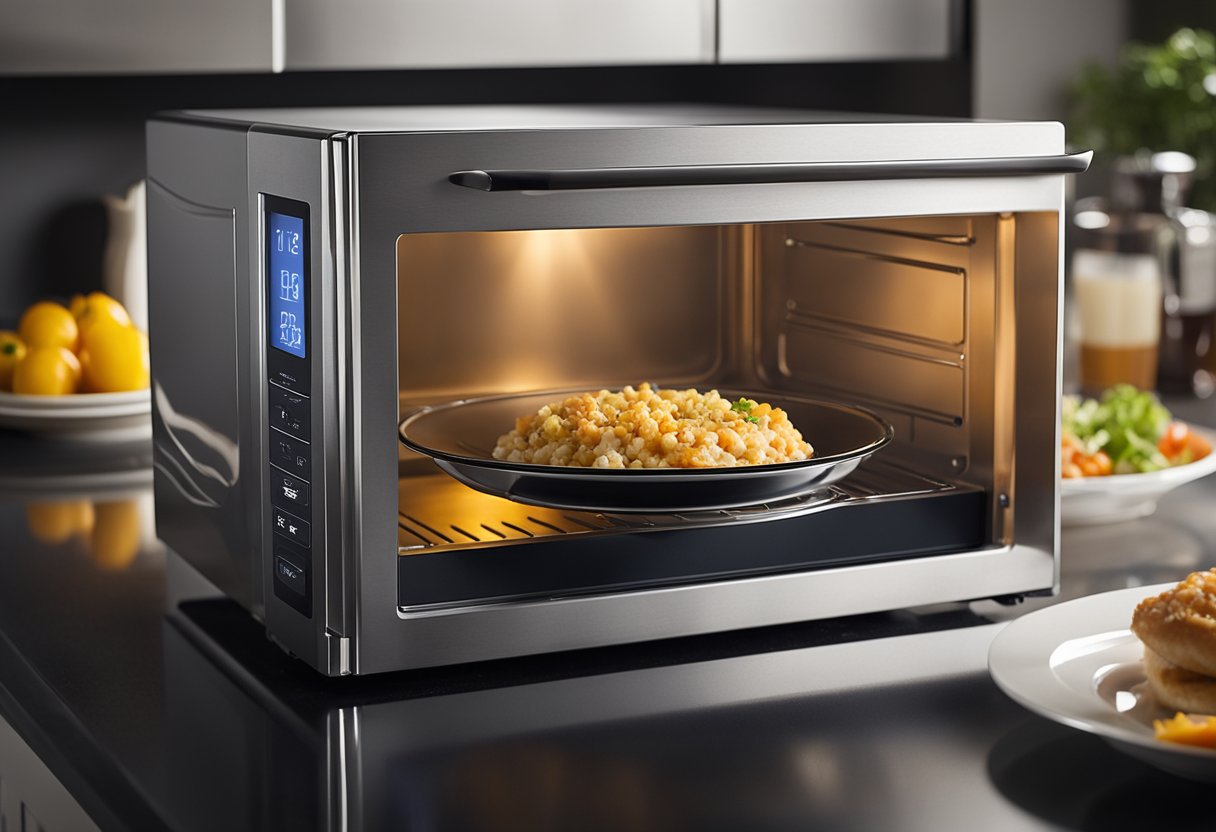
Understanding Meal Prep Reheating Basics is crucial for ensuring that your food is safe to eat and tastes great.
It’s essential to reheat your meal prep to an internal temperature of 165°F to kill any harmful bacteria that may have grown during storage. Additionally, it’s essential to reheat your meal prep within two hours of taking it out of the refrigerator to prevent bacterial growth.
Key Takeaways
- Reheating meal prep is a great way to enjoy a healthy, homemade meal when you’re short on time.
- Understanding the basics of meal prep reheating is crucial for ensuring food safety and optimal taste.
- Reheating meal prep to an internal temperature of 165°F and within two hours of taking it out of the refrigerator can help prevent bacterial growth.
Understanding Meal Prep Reheating Basics
As someone who meal preps regularly, I understand the importance of reheating my prepped meals correctly. Reheating your meals properly is crucial not only for maintaining the taste and texture of your food but also for your health.
In this section, I will cover the basics of meal prep reheating, including the importance of temperature control and choosing the right reheating method.
Importance of Temperature Control
One of the most critical factors in reheating your meal preps is temperature control. It is essential to ensure that your food reaches a safe internal temperature of 165°F (74°C) to kill any harmful bacteria that may have grown during storage. Failure to reach this temperature can result in foodborne illness.
To ensure proper temperature control, use a food thermometer to check the internal temperature of your food. Insert the thermometer into the thickest part of the food to get an accurate reading.
If you’re reheating in a microwave, make sure to stir the food and check the temperature in several places to ensure even heating.
Choosing the Right Reheating Method
There are several methods for reheating your meal preps, including microwave, oven, stovetop, and even sous vide. Each method has its pros and cons, and the right choice depends on the type of food you’re reheating and your personal preference.
Microwaving is the most common and convenient method for reheating meal preps. It’s quick and easy, but it can result in uneven heating and a loss of texture. To avoid this, cover your food with a microwave-safe lid or plastic wrap to trap in moisture and prevent drying out.
Oven reheating is ideal for dishes that need to be crispy or have a golden crust. It takes longer than microwaving but can produce better results. To reheat in the oven, preheat to 350°F (175°C), cover the dish with foil, and bake until heated through.
Stovetop reheating is great for soups, stews, and other liquid-based dishes. It’s fast and easy, but it can be challenging to get the temperature right. To reheat on the stovetop, place the food in a pot, add a little liquid to prevent scorching, and heat over medium heat until heated through.
In summary, understanding the basics of meal prep reheating is essential for maintaining the quality and safety of your food. By following proper temperature control and choosing the right reheating method, you can enjoy your prepped meals just as much as the day you made them.
Reheating in the Oven
When it comes to reheating meal prep, the oven is a great option for casseroles and baked dishes.
Here are a few tips to keep in mind when reheating in the oven.
Oven Reheating for Casseroles
Casseroles can be reheated in the oven by placing them in an oven-safe dish and heating them at 350°F for 15-20 minutes. It is important to make sure that the casserole is heated all the way through before serving.
Using Tin Foil to Retain Moisture
When reheating casseroles in the oven, it is important to use tin foil to retain moisture. Simply cover the casserole dish with tin foil before placing it in the oven. This will prevent the casserole from drying out while it reheats.
It is important to note that tin foil should not be used for all types of food when reheating in the oven. For example, foods that are high in acid, such as tomatoes or citrus fruits, can react with the foil and cause a metallic taste in the food. Additionally, tin foil should never be used in a microwave.
Overall, reheating in the oven is a great option for casseroles and baked dishes. Just make sure to use tin foil to retain moisture and heat the dish all the way through before serving.
Microwave Reheating Tips
When it comes to reheating your meal preps, using a microwave is a quick and easy option. However, there are a few things to keep in mind to ensure that your food is heated evenly and doesn’t dry out.
Microwave-Safe Containers
Firstly, it’s important to use microwave-safe containers to reheat your food. Plastic containers labeled “microwave-safe” are a popular option, but it’s important to make sure they are not damaged or cracked.
Glass containers are also a good option as they are non-toxic and won’t leach any harmful chemicals into your food. Additionally, make sure to remove any metal or aluminum foil from your food before microwaving.
Preventing Dryness in Chicken
Chicken is a common ingredient in many meal preps and can easily become dry and tough when reheated in the microwave. To prevent this, try adding a small amount of liquid to the container before microwaving.
This could be a splash of water, broth, or even a sauce that pairs well with your chicken. Another option is to cover the container with a microwave-safe lid or plastic wrap to trap in moisture.
In addition to these tips, it’s important to keep in mind the power of your microwave and adjust the reheating time accordingly.
Start with shorter intervals and check your food frequently to avoid overcooking or burning. By following these tips, you can ensure that your meal preps are reheated safely and taste just as good as when they were freshly made.
Stovetop Warming Strategies
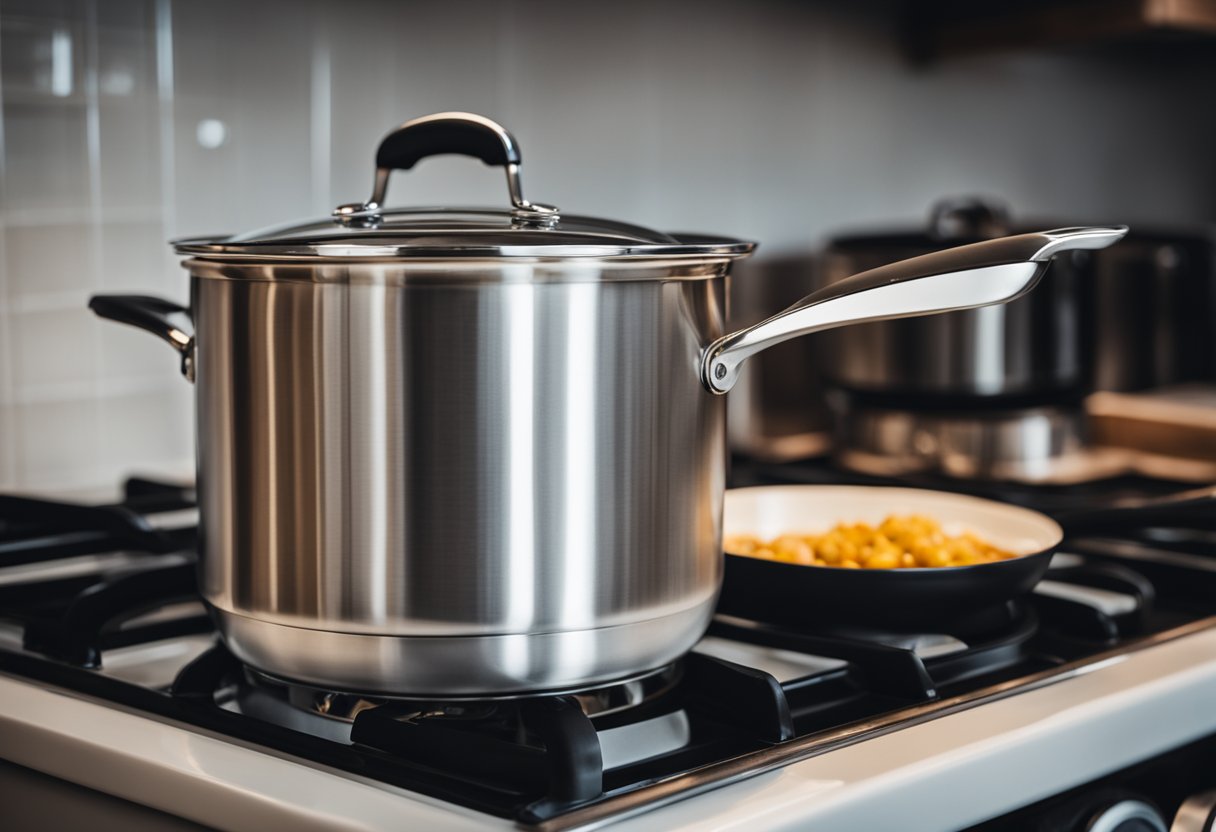
When it comes to reheating meal prep, the stovetop can be a great option for those who want to avoid using a microwave or oven.
Here are some stovetop warming strategies that I find to be effective:
Stovetop Reheating for Individual Portions
If you have individual portions of your meal prep, stovetop reheating can be a quick and easy option. Simply heat a small amount of oil or butter in a non-stick pan over medium heat.
Once the oil is hot, add your food and stir occasionally until it’s heated through. This method is especially useful for dishes like stir-fry or fried rice.
Adding Broth for Enhanced Moisture
If you’re reheating a dish that tends to dry out quickly, like pasta or rice, consider adding a small amount of broth to the pan.
This will help to keep your food moist and prevent it from sticking to the bottom of the pan. You can use chicken, beef, or vegetable broth depending on the flavor profile of your dish.
Remember, when reheating on the stovetop, it’s important to keep a close eye on your food to prevent burning. Stirring occasionally and using a non-stick pan can help to prevent sticking and ensure that your food is heated evenly.
Overall, stovetop reheating is a great option for those who want to avoid using a microwave or oven. By following these simple strategies, you can ensure that your meal prep stays fresh and delicious even after it’s been stored in the fridge or freezer.
Preserving Food Quality and Safety
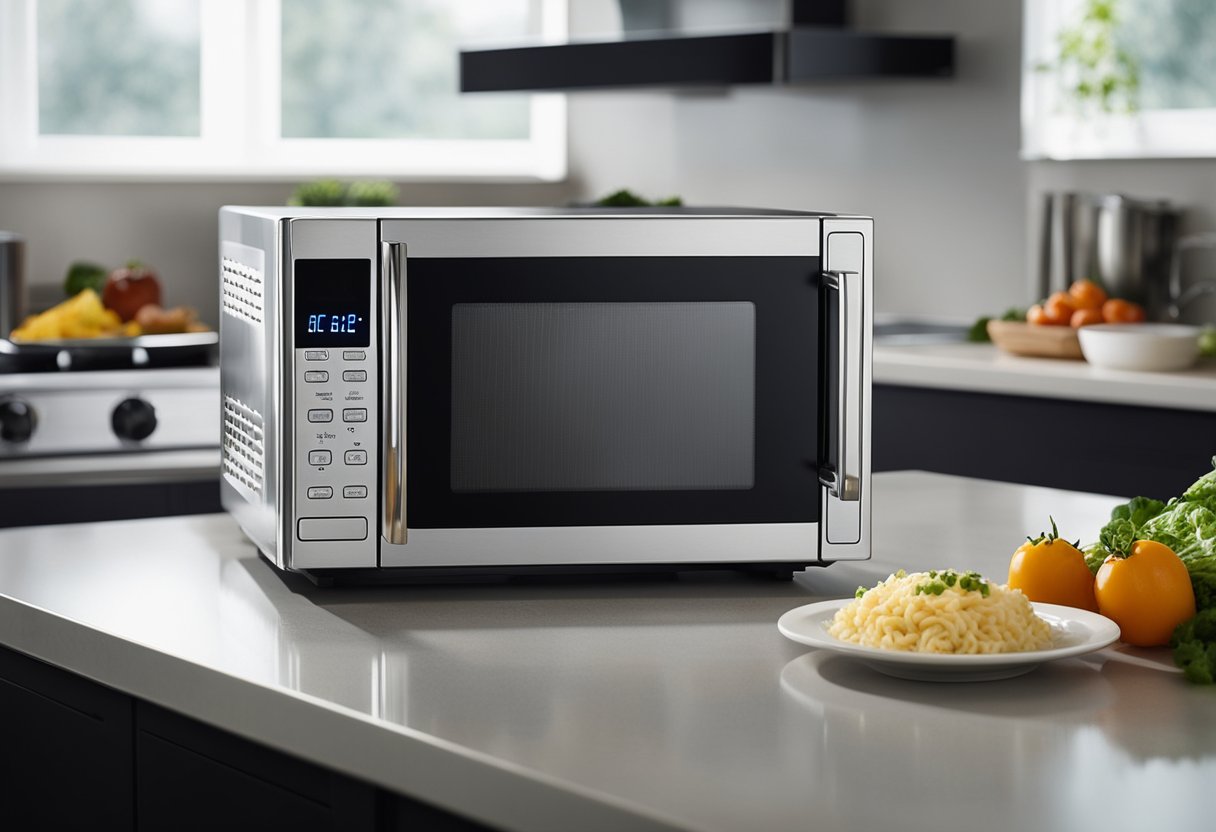
As someone who meal preps regularly, it’s important to make sure that the food I’m reheating is still safe to eat.
To preserve food quality and safety, there are a few things I always keep in mind.
Avoiding Freezer Burn
Freezer burn is a common problem that can affect the quality of your meal prep. It occurs when food is exposed to air, causing it to become dehydrated and lose flavor.
To avoid freezer burn, I always make sure to store my meal prep in airtight containers or freezer bags. This helps to keep out any excess air and moisture that can cause freezer burn.
Cooling and Storing Leftovers Properly
Another important factor in preserving food quality and safety is proper cooling and storage of leftovers. According to food safety guidelines, cooked food should not be left at room temperature for more than two hours.
To cool leftovers quickly, I like to divide them into smaller portions and store them in shallow containers. This helps them cool faster and reduces the risk of bacteria growth.
Once my leftovers are cooled, I store them in airtight containers in the refrigerator or freezer. It’s important to label the containers with the date they were prepared, so I know how long they’ve been stored.
Generally, cooked food can be safely stored in the refrigerator for three to four days, and in the freezer for up to three months.
By following these simple tips, I can ensure that my meal prep stays fresh and safe to eat, even after it’s been reheated.
Related post: How to Reheat Frozen Egg Bites
Frequently Asked Questions
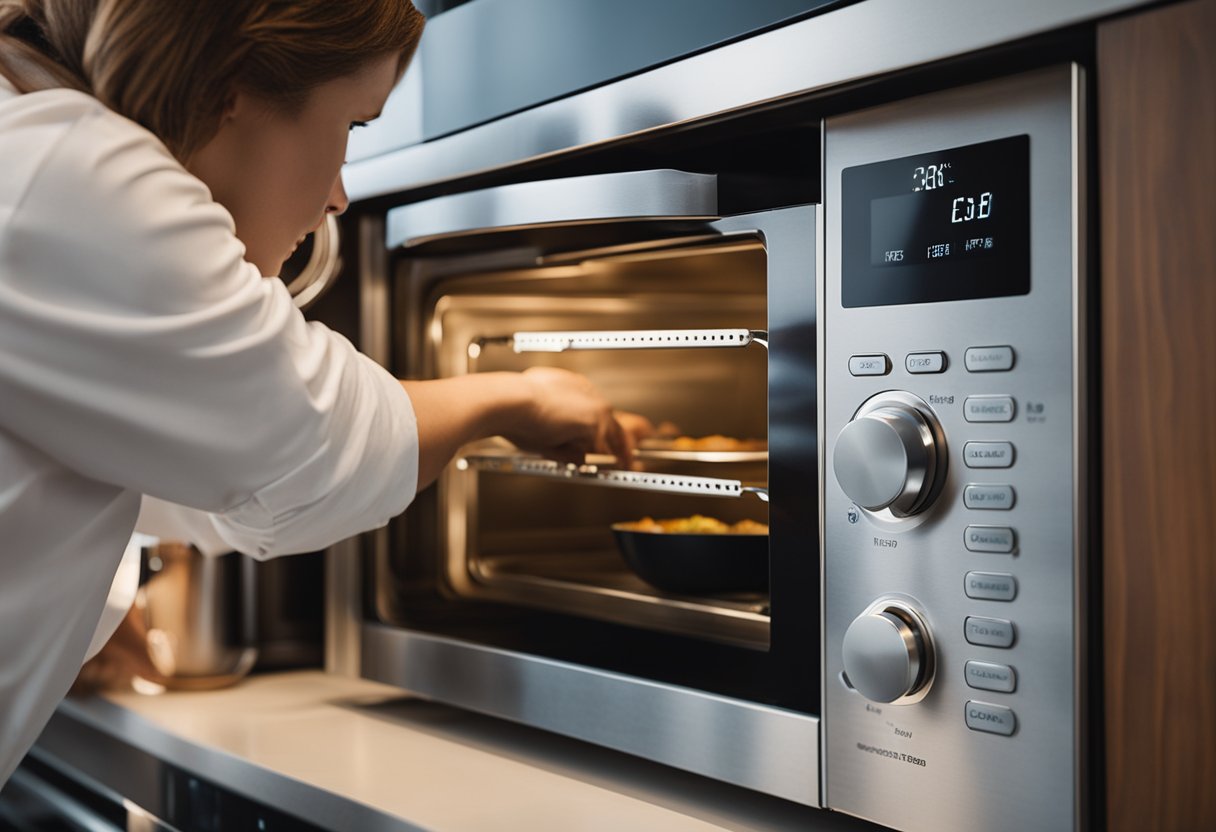
What is the best method to reheat meal prep rice to maintain its texture?
The best method to reheat rice is to use a stovetop. Add a little bit of water or broth to the rice, stir it occasionally, and cook it on low heat until it’s heated through.
This will help prevent the rice from drying out and losing its texture. If using a microwave, add a tablespoon of water to the rice, cover it with a damp paper towel, and heat it for 30 seconds at a time until it’s heated through.
How long should I microwave meal prep dishes for safe and thorough reheating?
The amount of time you should microwave meal prep dishes depends on the type of food and the microwave’s power.
As a general rule, you should microwave food for 1-2 minutes at a time and stir it in between until it’s heated through to an internal temperature of 165°F. Make sure to use a microwave-safe container and cover it with a damp paper towel to prevent the food from drying out.
What are the guidelines for reheating frozen meal prep effectively?
When reheating frozen meal prep, it’s important to thaw it first in the refrigerator overnight. Once thawed, you can reheat it using a microwave, oven, or stovetop.
If using a microwave, heat it for 1-2 minutes at a time until it’s heated through to an internal temperature of 165°F. If using an oven, preheat it to 350°F and bake the meal for 20-30 minutes until it’s heated through.
If using a stovetop, add a little bit of water or broth to the meal and cook it on low heat until it’s heated through.
Can you suggest techniques for reheating dry heat cooked proteins without drying them out?
To reheat dry heat cooked proteins without drying them out, try using a stovetop or oven. Add a little bit of liquid, such as broth or sauce, to the protein and cook it on low heat until it’s heated through.
If using an oven, cover the protein with foil to prevent it from drying out. Avoid using a microwave, as it can cause the protein to become tough and dry.
Is it possible to reheat meal prep chicken and rice together, and how?
Yes, it’s possible to reheat meal prep chicken and rice together. To do so, add a little bit of water or broth to the chicken and rice, cover it with a damp paper towel, and heat it in the microwave for 1-2 minutes at a time until it’s heated through to an internal temperature of 165°F.
You can also reheat it on a stovetop by adding a little bit of water or broth and cooking it on low heat until it’s heated through.
What alternatives are there for reheating meal prepped meals without a microwave?
If you don’t have a microwave, you can reheat meal prepped meals on a stovetop or in an oven. To reheat on a stovetop, add a little bit of water or broth to the meal and cook it on low heat until it’s heated through.
To reheat in an oven, preheat the oven to 350°F and bake the meal for 20-30 minutes until it’s heated through.




